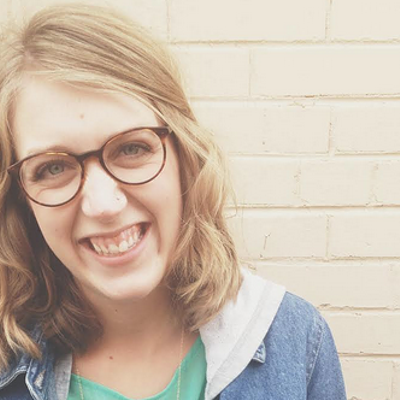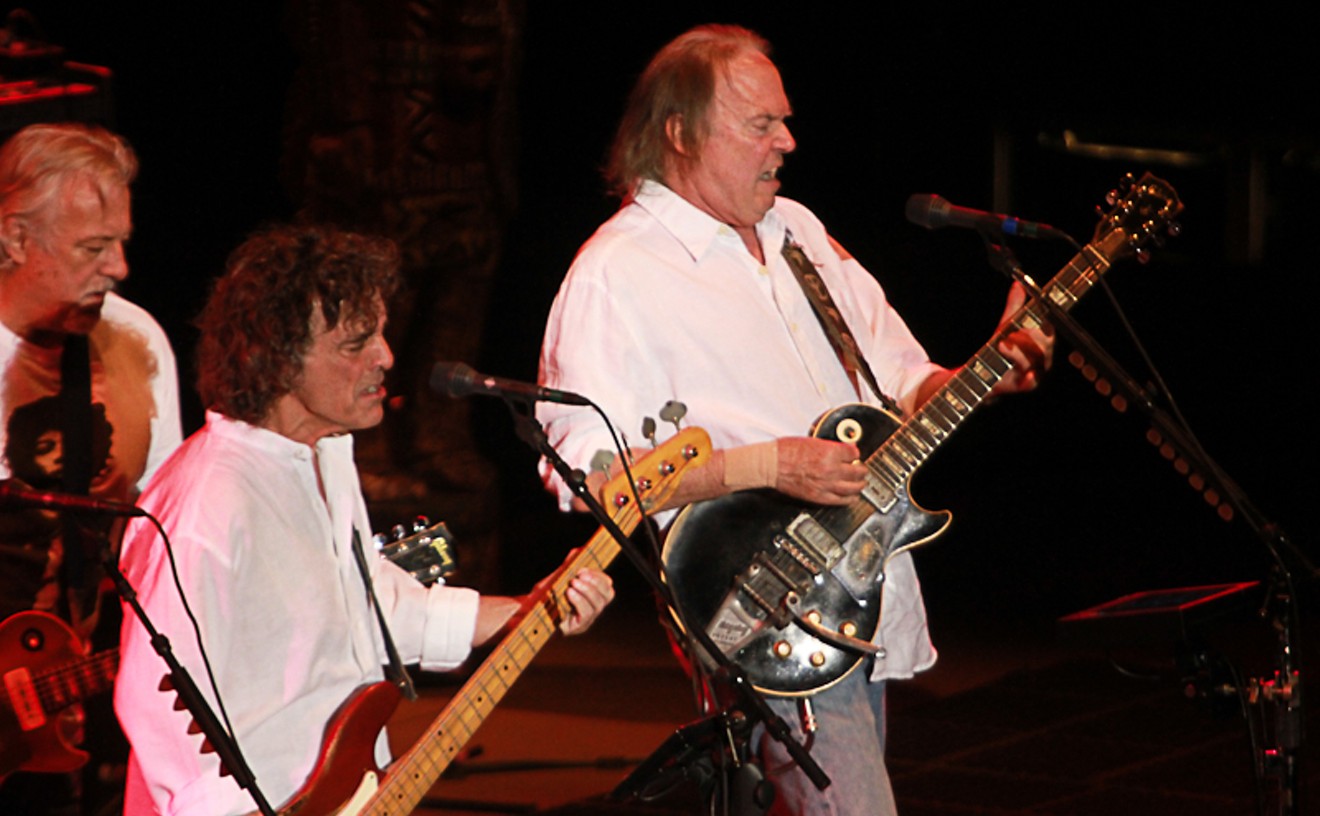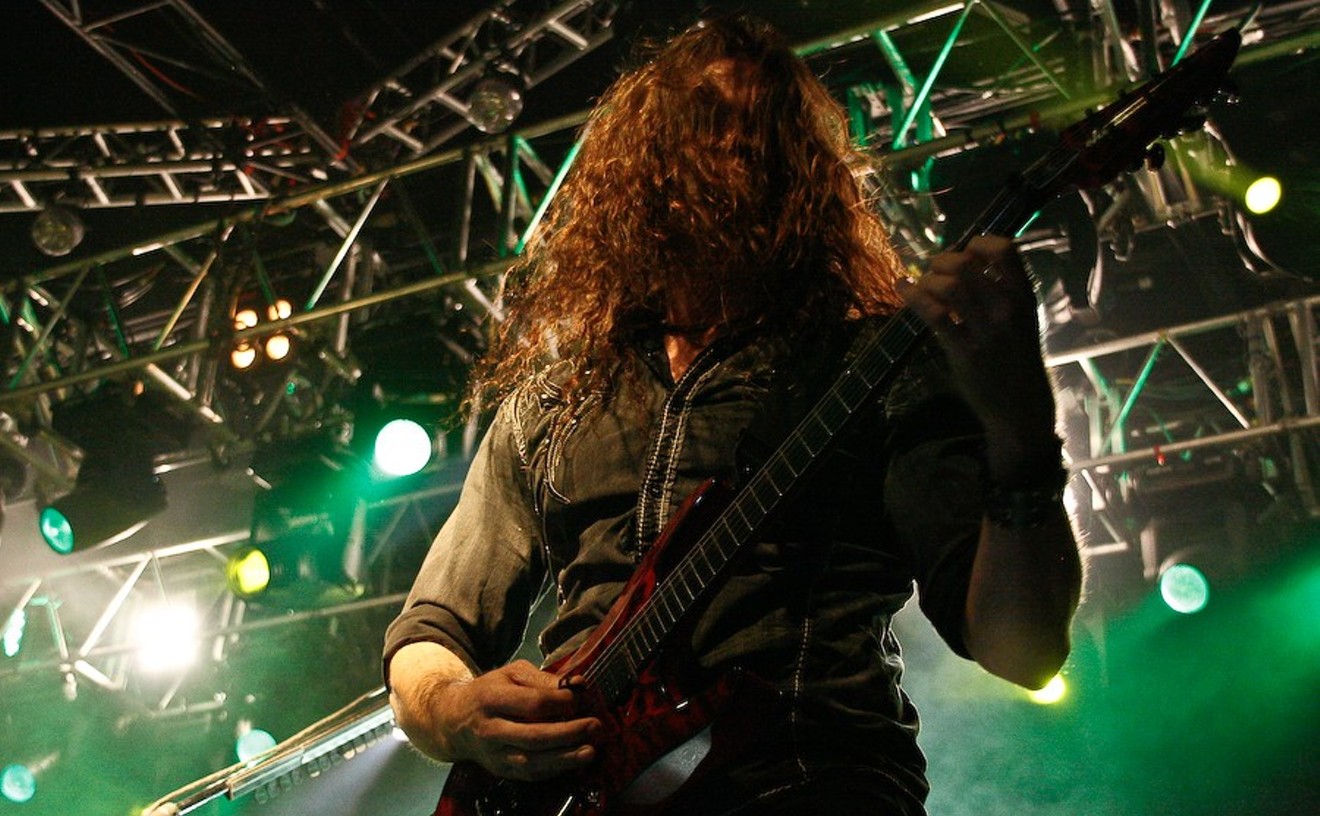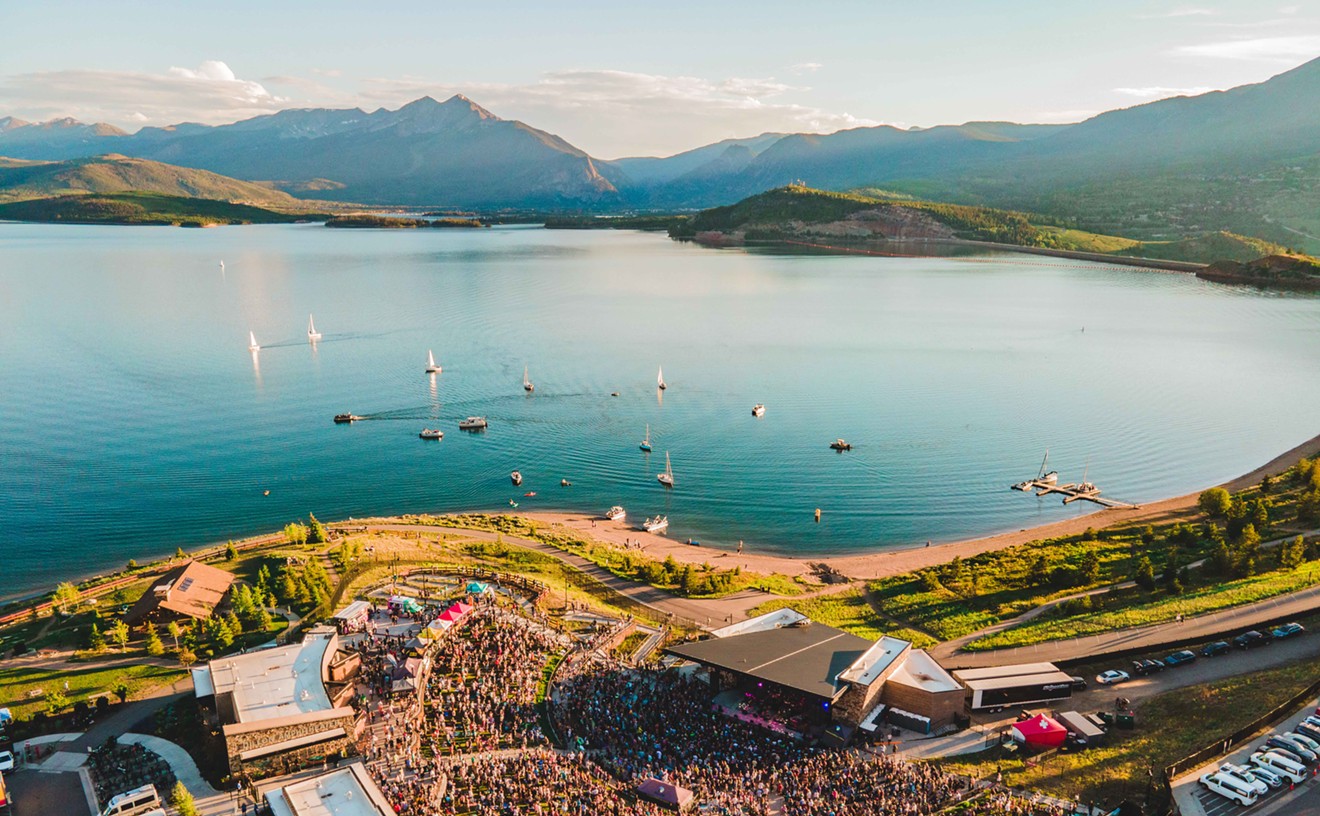This year’s Denver Music Summit — the third iteration of the gathering — will be about more than just good music. There will be live performances by local and national artists, yes, but there will also be networking, panels about industry trends and brand enhancement, a presentation by Martin Atkins on his new book, Welcome to the Music Business...You’re Fucked, and an All Songs Considered listening party intended to provoke conversations (and debates) about music. The Summit is the result of a partnership between Create Denver and the Western States Arts Foundation, a nonprofit seeking to strengthen the place of the arts in the West. As Denver emerges as a national hub for music, it becomes increasingly important for the city’s musicians and music lovers to join in on the conversation about music, music-driven economic development and the creative community. We sat down with Dan Aid, who in addition to working for WESTAF serves as frontman for the Wiredogs. Aid is also an artist who has lived in Denver most of his life.
Courtney Harrell: When I hear people talk about the Denver Music Summit, I hear a lot about the “creative community,” but that’s a pretty abstract term. What does a creative community actually look like?
Dan Aid: Well, I’d say there are two pieces to it. The first is more ethereal — collaboration and encouragement. There’s not just one identity around Denver’s creative community. We have opera, ballet, a slew of independent venues, people doing all sorts of different things. I’ve been doing music in Denver for eleven years now, and my experience of the creative community is people going out and exploring other people’s art to find the next cool thing. A creative community means encouraging other artists not even in your own field, engaging with other aspects of that community. For example, Wiredogs recently collaborated with a small print shop and Sandi Calistro from Ritual Tattoo to create a show to benefit Youth on Record. We wanted to engage people in different areas of the community and expose our fans to what other artists are doing, because it all works together. That’s what a creative community is about. The second piece is more practical: It’s numbers that we get from the Creative Vitality Suite.
Tell me more about that.
WESTAF developed the Creative Vitality Suite, a tool that allows us to look in very real ways at how the arts drive the creative economy and the economy in general. It defines our creative economy based off of North American Industry Classification System codes — codes that are tracked by the federal government. Within the tool, you look at revenue streams based off of taxes. So if your creative economy doesn’t look exactly like another city’s, you can go in and look at these different codes and what they represent. You can even define what the creative community looks like by deciding who you want to include. Are software developers a part of it? Venue owners? You can decide, and you can look at the difference each definition makes. So there’s that piece of what it actually looks like. It looks like numbers.
How do Denver’s numbers look?
I don’t have exact numbers in front of me right now, but Denver is doing well. We’re interesting because we’re young and we’re also kind of changing. But, per capita, Denver actually has the most music venues of any city in the country.
I think a lot of people think of creativity and economics as two different, maybe even incompatible, concepts. What’s the benefit of quantifying the community in this way?
If someone wants to come into Denver and build a hospital, they come in with a lot of numbers around job creation and how much money it’s going to bring into the community. We haven’t really done that for music before. The biggest benefit is that it gives us numbers that we can then give to representatives and lobbyists to have them go and speak on behalf of the arts using language that economists and local politicians are used to hearing. Plus, all information is beneficial. For the CV Suite, we go out and interview people that make up different parts of the creative economy, from local business owners to promoters. We try to get the broadest picture we can and look at what actually goes into making Denver unique as a creative economy. The more that we can understand that, the more that we can look at how we can grow and support the right pieces of the community.
What about the Denver Music Summit? How does that contribute to the community?
One thing we’re struggling with in Denver right now is ways to engage youth with music. I think the fact that we’ve restricted venues in some ways, not allowing minors in as many places, means we sometimes lose the youth. So the Denver Music Summit is really important because it allows us to create an environment where we’re actively reaching out to people of all ages who want to learn more about the music industry and to connect their experience as an artist or a student in Denver with what’s happening on a national scale. It creates an intersection between what they see and experience and what people are seeing and experiencing in California, Chicago or New York. We can then start to encourage them to look at the policies that go into creating the environment that they live in as a musician. People may think, “Well, I don’t want to do that. I just want to play punk rock. I don’t want to hang out with the Man.” But what I didn’t realize before was that the Man is people like Michael Bracy at Future of Music Coalition, who’s a total punk-rocker in how he goes about doing what he does in Washington, D.C. Even though some of these people wear a suit, they’re often much more akin to artists than you would think. They want music to progress and the scene to build and grow. I think it’s important that we show young musicians that side of the industry and community as well.
What would you say is the dream for Denver’s creative scene?
I think we’re headed in a really positive direction. We’re involved in important conversations that are leading to very cool events. I think between Westword Music Showcase, UMS and Denver Music Summit, there are all these pieces of this puzzle that are growing and finding their voice. It would be interesting to see how those pieces could begin to link up more throughout the year and maybe lead to something larger that could intrigue people even more. The more we can bring together the events that are already going on and create a united front, the more we can draw in people outside of the arts. I don’t know what the face of Denver music looks like as one thing or one identity, but if we could think of something that the city stands for musically, that might be a rallying point to bring people toward. Once people feel that identity, they can bring themselves to it and participate in it.
How can people within the creative community support its growth?
Participate, whatever that means for you. Sometimes it’s intimidating to venture into new or unfamiliar scenes, but try. If you love jam-band music, go to a punk-rock show or go see Native Daughters perform at a tattoo gallery. If you feel safe hanging out in your gallery but you don’t like going to Telluride Bluegrass Festival, go. I’m constantly meeting people who make music that I don’t normally listen to, but they have a similar drive to create, and that’s inspiring to me.
What about people outside the community?
Participate. People have to start by experiencing the art in the scene, and that can get them excited about asking bigger questions about the policies surrounding our creative economy. But I think they have to see it in action first.
Why should people outside the creative community care about this community?
The artistic community fuels the creative economy, creates the feel of a place, creates the look of a place. It affects how that place even functions as a space. It’s not something that we’re always actively aware of, but you feel it. You feel it when you go to a place that’s steeped in the arts, like New York City, and you feel the discrepancy when you go to a place that might not have as much going on artistically. So I think it comes down to that : What sort of place do you want t
Denver Music Summit: Friday, April 24, to Sunday, April 26, McNichols Building, $10 to $35, facebook.com/denvermusicsummit.
[
{
"name": "Air - MediumRectangle - Inline Content - Mobile Display Size",
"component": "12017618",
"insertPoint": "2",
"requiredCountToDisplay": "2"
},{
"name": "Editor Picks",
"component": "17242653",
"insertPoint": "4",
"requiredCountToDisplay": "1"
},{
"name": "Inline Links",
"component": "18838239",
"insertPoint": "8th",
"startingPoint": 8,
"requiredCountToDisplay": "7",
"maxInsertions": 25
},{
"name": "Air - MediumRectangle - Combo - Inline Content",
"component": "17261320",
"insertPoint": "8th",
"startingPoint": 8,
"requiredCountToDisplay": "7",
"maxInsertions": 25
},{
"name": "Inline Links",
"component": "18838239",
"insertPoint": "8th",
"startingPoint": 12,
"requiredCountToDisplay": "11",
"maxInsertions": 25
},{
"name": "Air - Leaderboard Tower - Combo - Inline Content",
"component": "17261321",
"insertPoint": "8th",
"startingPoint": 12,
"requiredCountToDisplay": "11",
"maxInsertions": 25
}
]











